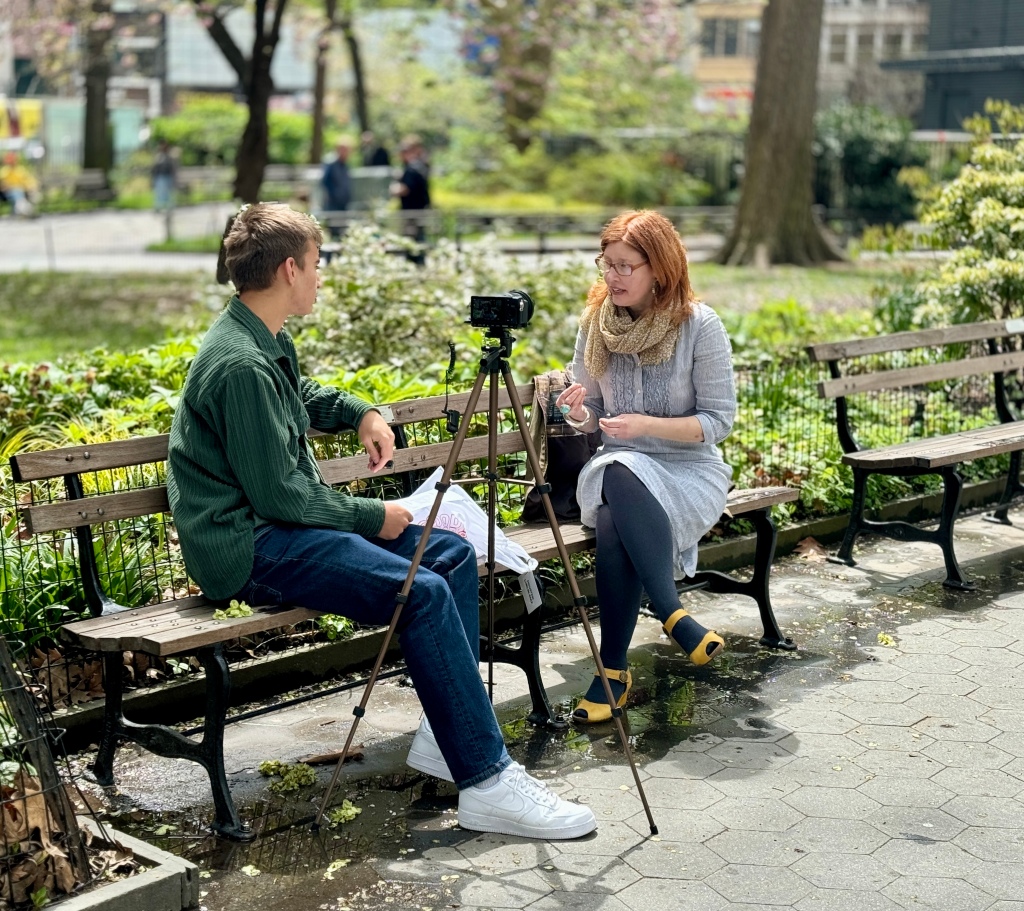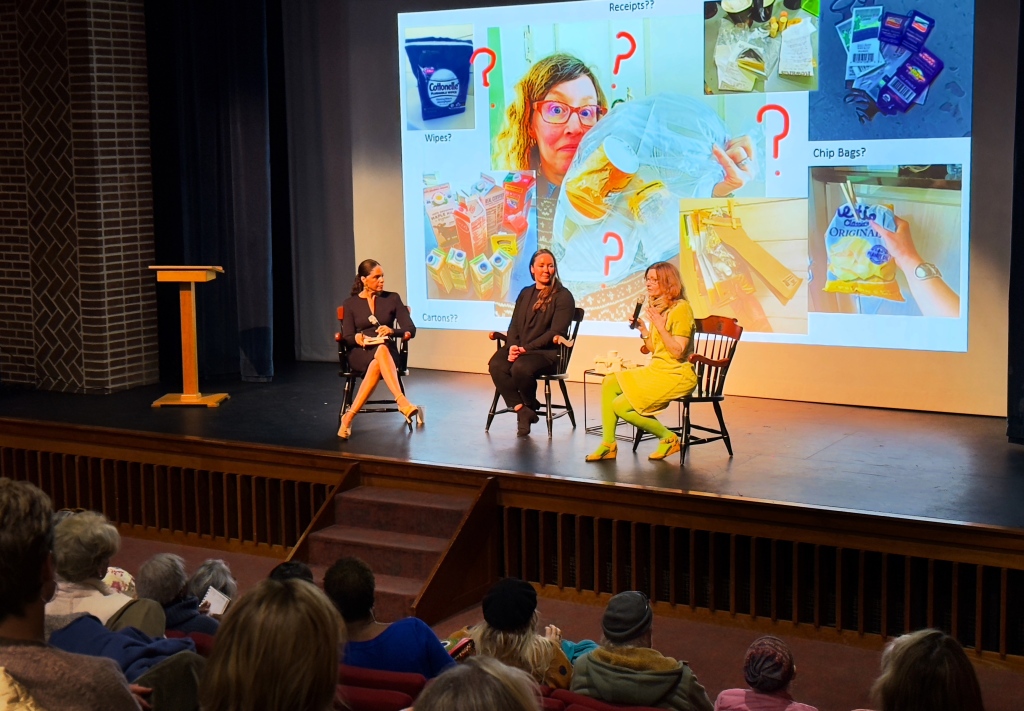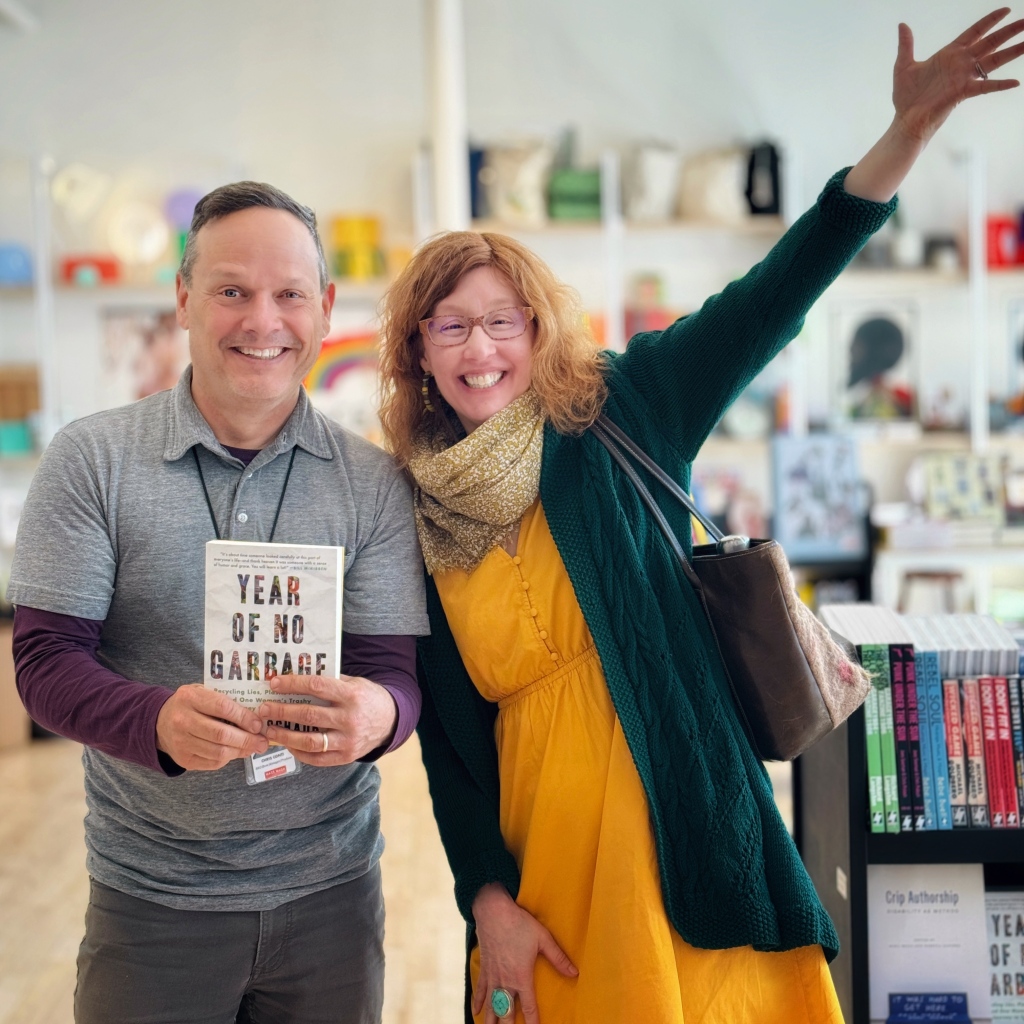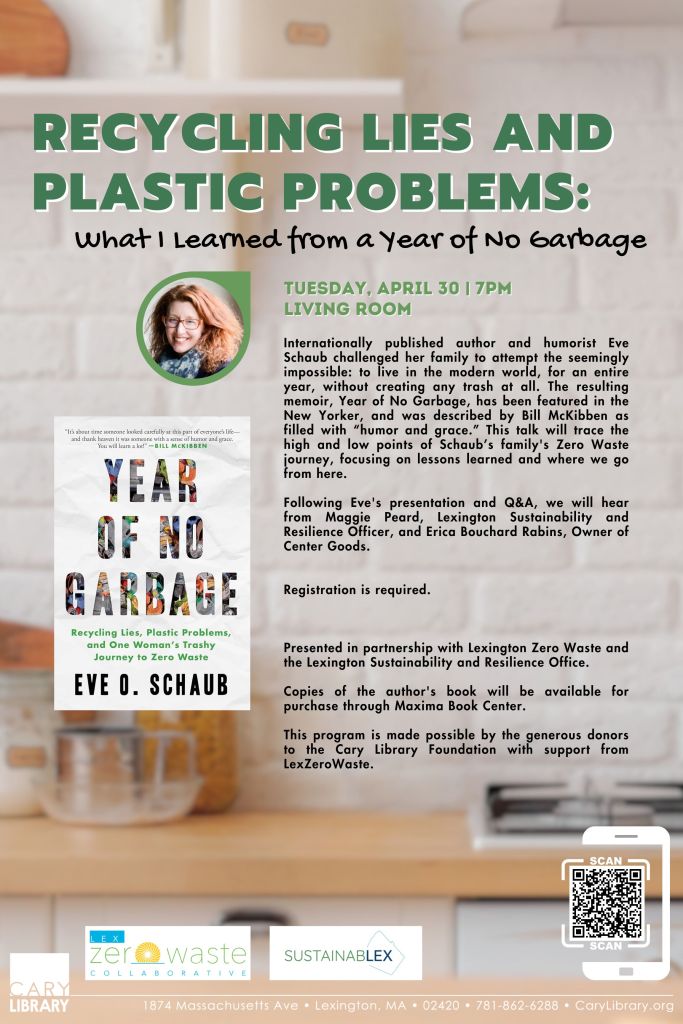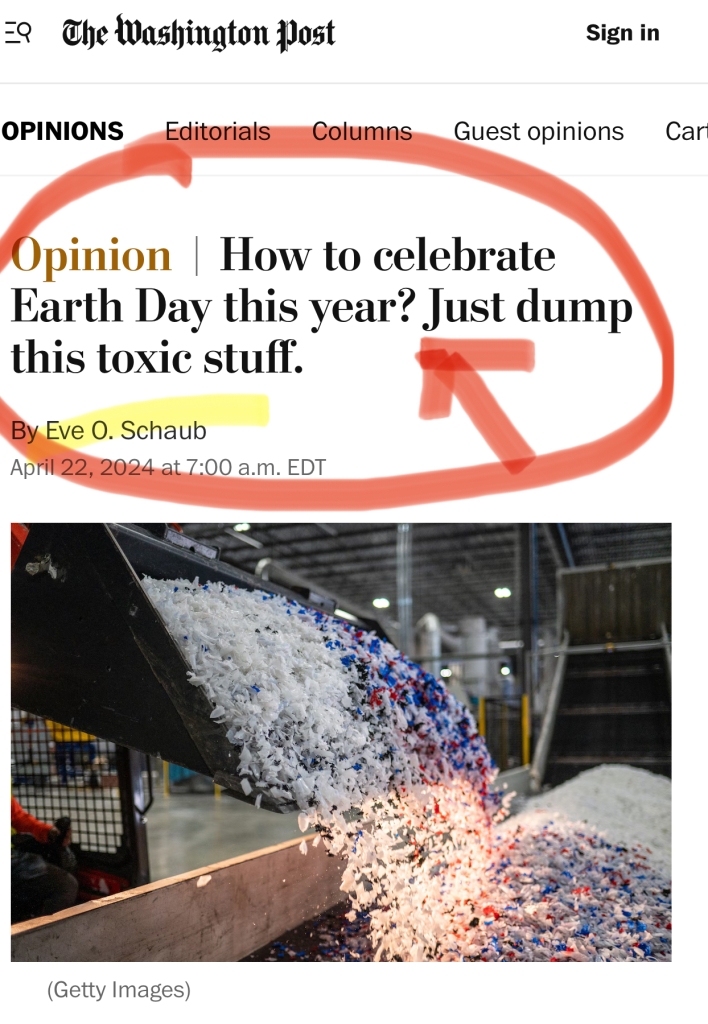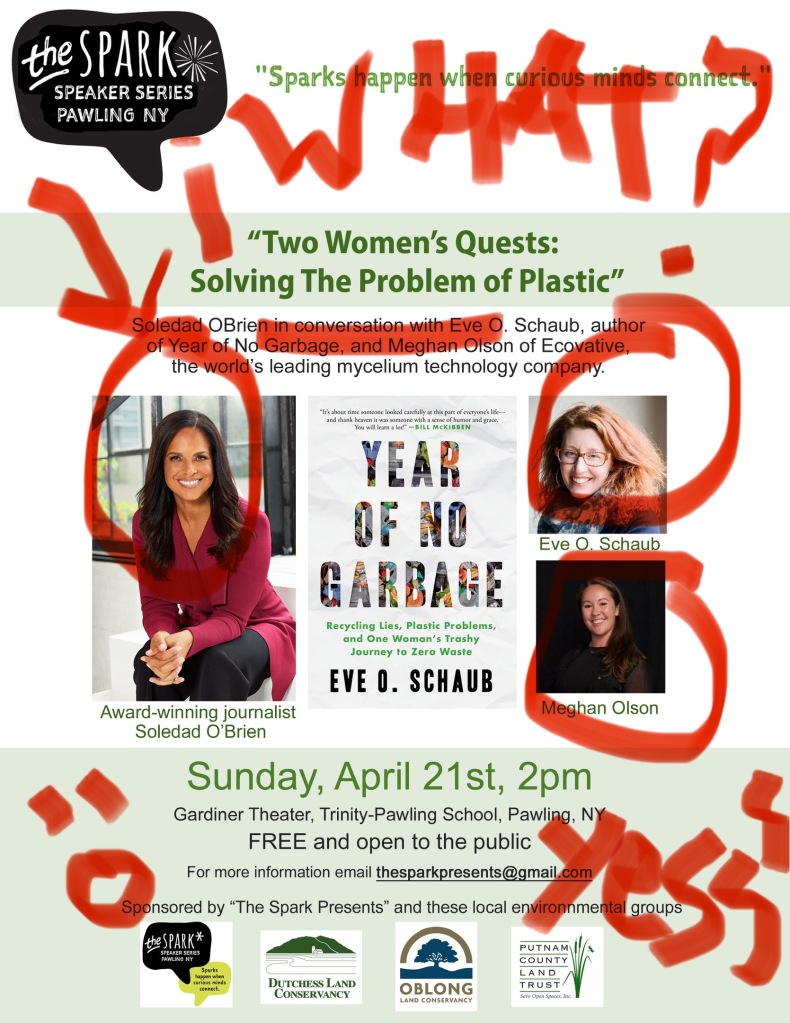As the United Nations’ Global Plastics Treaty talks in Ottawa conclude this week, I am wondering if we are finally beginning to heed the admonition that “every day is Earth Day.”
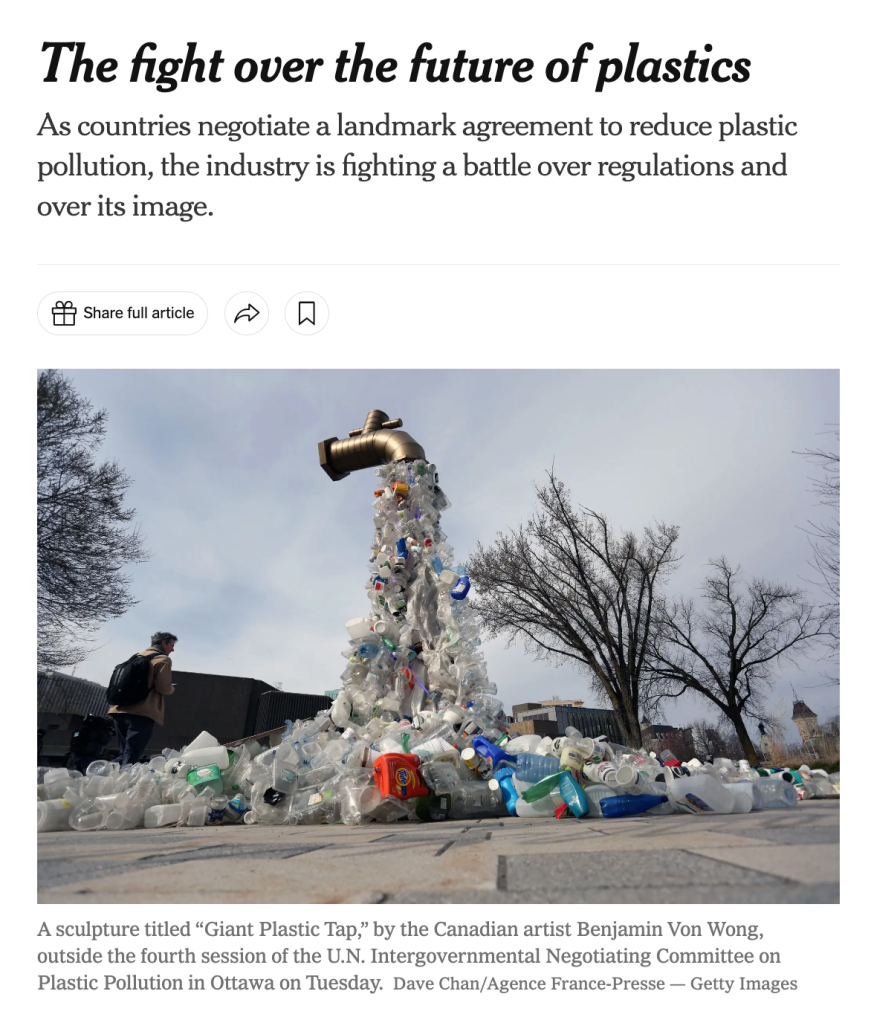
In some ways, it seems so. This Earth Day’s theme was “Planet vs. Plastics,” and indeed, there does seem a new sense of urgency on the question of the Plastic Waste Crisis. And justifiably so. It seems like every other week a new scientific study is appearing to tell us more places microplastics are showing up in the human body (absolutely everywhere, including every placenta of newborn babies tested) AND adding to the list of health consequences that can be linked to those microplastics and their related toxic chemicals (most recently: heart disease, stroke and premature death.)
On the other hand, by all accounts the United States is a less-than-enthusiastic participant in the UN’s plastic talks. Perhaps we shouldn’t be surprised. After all, Big Plastic, is synonymous with Big Oil and wildly powerful.
On the OTHER, other hand, this is the fourth of five sessions of talks on the Global Plastics Treaty scheduled, and the number of lobbyists from the oil/plastic industry has jumped since the previous by 40 percent.
Which makes me think Big Plastic is worried.
Inger Andersen, Executive Director of the UN Environment Programme, had this to say:
“We will continue to need plastic for specific uses… But there is growing agreement that short-lived and single use (plastics) can go.”
Amen.
Meanwhile, in the interest of doing Earth Day right, I have been running around talking everyone’s ear off. I’ve met so many engaged, passionate folks who want to know the truth about plastic.
This excitingly included having my OpEd published in the Washington Post on Earth Day entitled “Don’t Waste Your Time Recycling Plastic.” (You may have also seen it under the title “How to Celebrate Earth Day This Year? Just Dump This Toxic Stuff.”) It’s a quick read that it summarizes the argument that plastic is not recyclable and that we should stop focusing on this false solution. I hope you’ll take a few minutes to read and share it with friends.
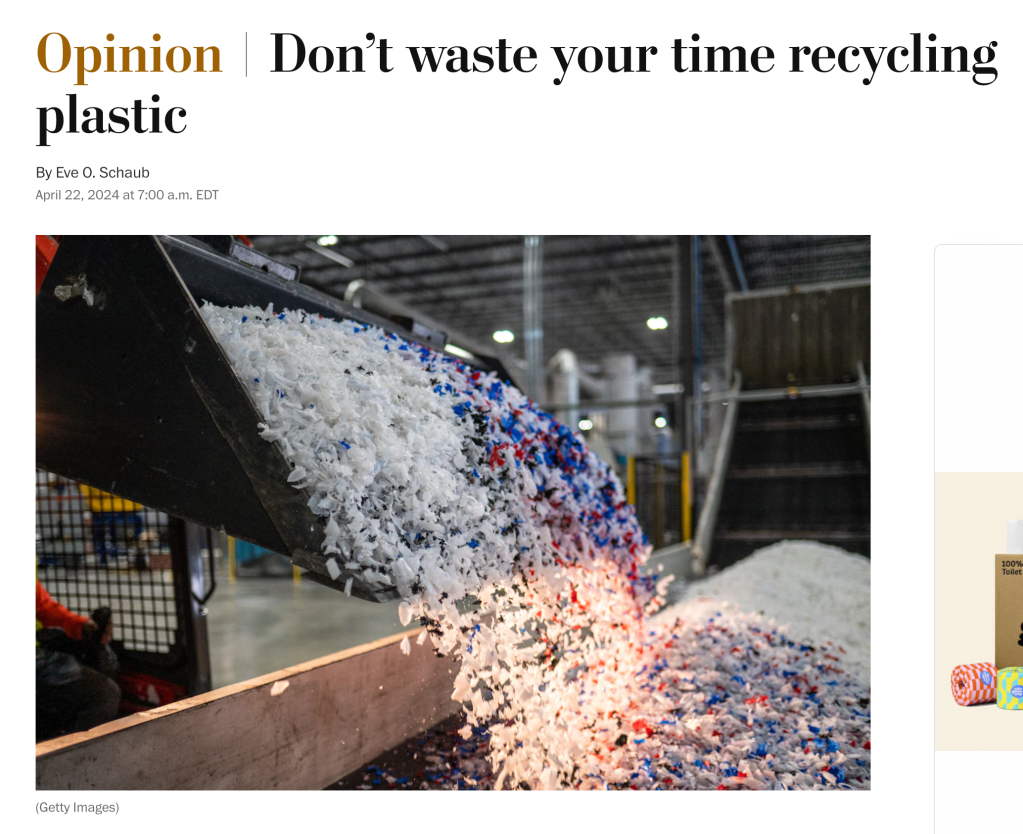
ALSO exciting!: Here is a link to a six minute interview I did for the CBC /NPR explaining why plastic is not recyclable.
And I’m not done! Tomorrow I’ll be at the Cary Library in Lexington MA for a talk that is free and open to the public, and includes special guests. You can register for it here.
Finally, here are a few pictures of me, mostly refusing to stop talking about plastic. The last picture is with Chris Conti who runs the amazing R and D space at MassMOCA in North Adams, MA (the most incredible books they have! Swoon!). I’ll be speaking there in August so stay tuned!

